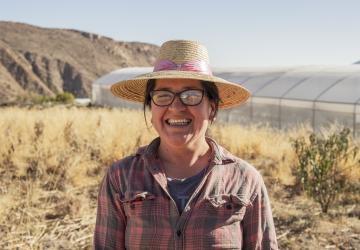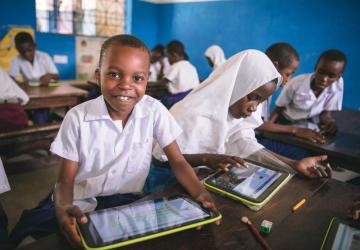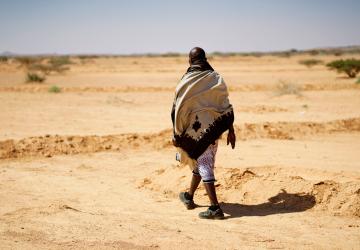Conserving the Gola Rainforests: Sierra Leone and Liberia unite for a peaceful future
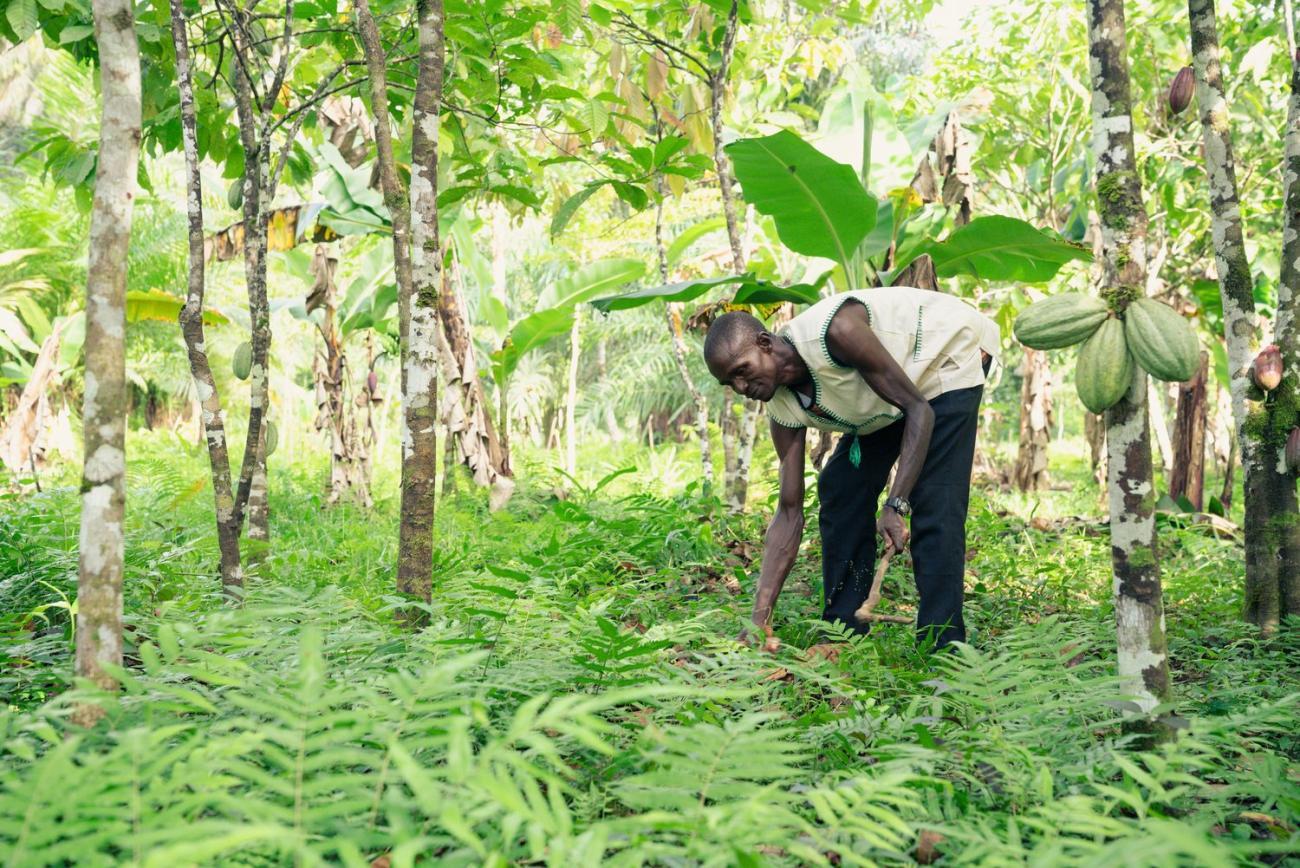
The Gola Rainforest, straddling Sierra Leone and Liberia is a lush, green haven. Spanning about 700 square kilometers and stretches across both countries, the rainforest is home to diverse and globally threatened wildlife, including over 300 bird species and endangered species such as pygmy hippos, chimpanzees, and forest elephants.
During one of my first visits to the region, as the UN Resident Coordinator in Sierra Leone, I remember being struck by the serene beauty and the abundance of nature all around me.
Conserving biodiversity is not just an environmental priority; for both Sierra Leone and Liberia, it is also a peacebuilding strategy between the two countries. A new programme bringing together the two governments, in partnership with the United Nations, called the Resilience, Empowerment, Access and Peacebuilding (GOLA-REAP) project aims to achieve this.
The $4 million initiative, funded by the United Nations Secretary-General’s Peacebuilding Fund and led by the International Organization of Migration (IOM) and the World Food Programme (WFP), will work to protect the biodiversity-rich Gola Rainforest while fostering peace and sustainable development.
A shared history, a shared future
Liberia and Sierra Leone are more than just neighbors; they share a history of economic cooperation, cultural ties and, regrettably, past conflicts. Both nations endured brutal civil wars in the 1990s and public health crises like the Ebola epidemic of 2014-2015, which claimed tens of thousands of lives. Yet a shared ethnic and cultural heritage means that people on both sides of the Mano River speak the same languages, intermarry and engage in regular cross-border trade.
Today, the focus is on development and peacebuilding, forging a sustainable future together. One crucial step toward achieving this goal is ensuring the sustainable management of natural resources. The illegal logging of Gola’s forests not only threatens biodiversity but also disrupts local livelihoods.
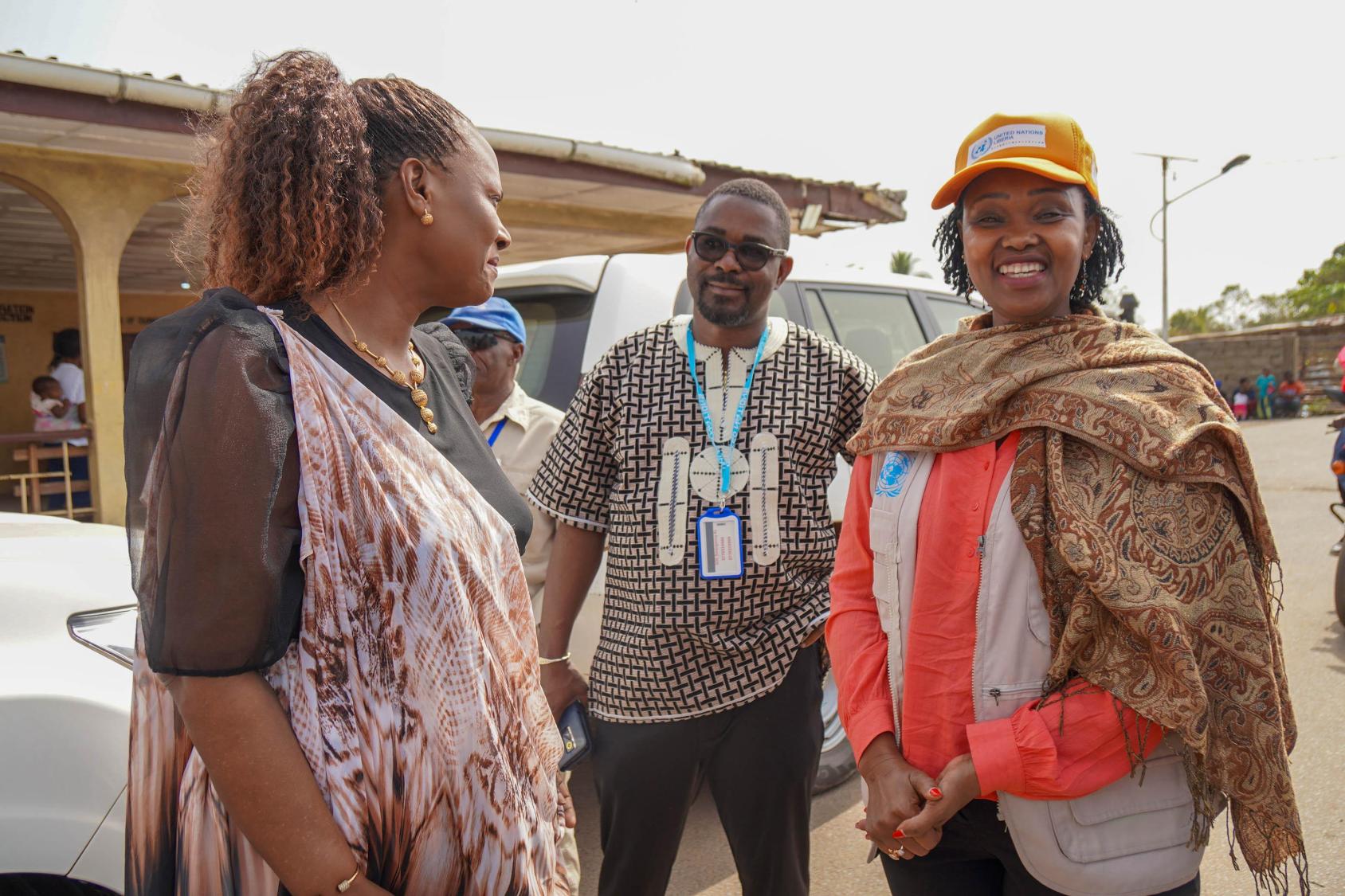
As UN Resident Coordinators (RCs) on both sides of the border, my colleague Christine N. Umutoni, the UN Resident Coordinator in Liberia and I have had the opportunity to work closely together to help both countries tackle common challenges and find joint solutions. We have continued to work closely with both governments and partners to ensure that the project, which is aligned to the development plans of the two countries, is given the due attention that it deserves. Before the launch, we had extensive engagements with key line ministries, including the Ministry of Planning and Economic Development and local authorities to enhance ownership of the project.
Fostering peace through forest management
The GOLA-REAP project builds on past peacebuilding successes, learning from similar cross-border efforts in 2021-2024 that helped reduce tensions between cattle herders and crop farmers, improve border security, and promote conservation efforts in the Gola region.
The initiative will enhance resilience in border communities by promoting sustainable land access, empowering youth and women to prevent and address conflicts related to the use and access of the natural resources and improving forest management. It will provide training on conflict prevention and resolution, community-driven land mapping, and border monitoring for key stakeholders, including local leaders, rangers and border officials. By fostering trust and collaboration, the project will strengthen social cohesion, improve border management and promote sustainable resource use.
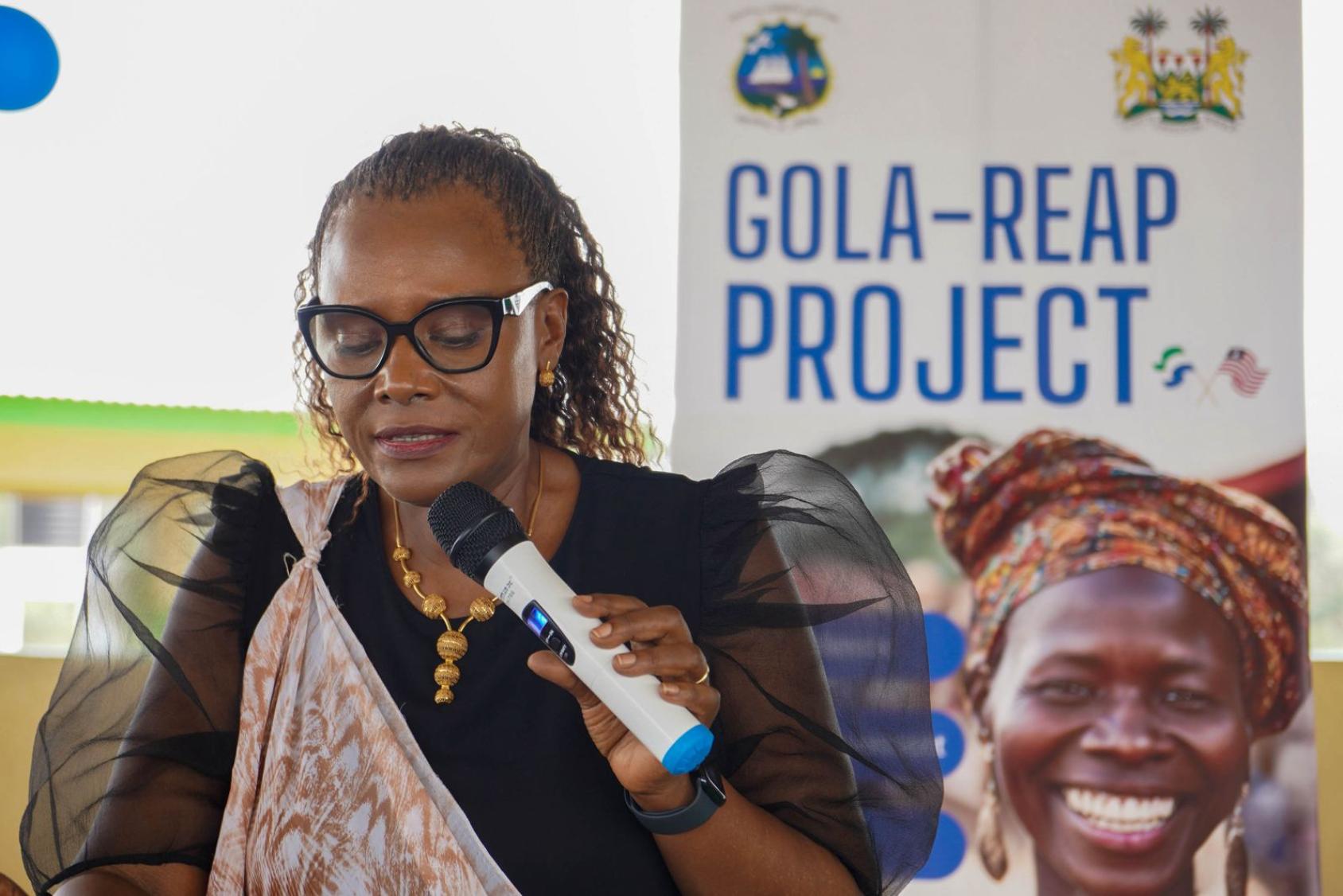
At the launch event held last month, Ms. Umutoni, and I emphasized the urgent need to curb these destructive activities. Deforestation not only destroys flora and fauna but also eliminates a critical carbon sink that helps mitigate climate change and resulting effects including conflicts around shrinking resources.
A solid economic case
Beyond environmental concerns, protecting the Gola Forest makes economic sense. The forest has been validated by the Verified Carbon Standard (VCS) and the Climate, Community, and Biodiversity Alliance (CCBA) as capable of generating carbon credits. Reports indicate that about 19 million tonnes of carbon are stored in Gola Forest, and conservation efforts could help reduce emissions by up to half a million tonnes of carbon dioxide equivalent (CO2e) annually.
This presents a viable opportunity for both nations to secure sustainable revenue while combating climate change. Sierra Leone has a unique chance to establish a transparent, credible, and fair carbon market. This market aims to reduce deforestation, support the livelihoods of local and indigenous communities, provide sustainable long-term financing for the country, and contribute to global biodiversity and development commitments on an international level.
In December 2024, RC Umutoni traveled in the opposite direction, from Monrovia to Freetown, and was equally struck by the verdant forests and the aspirations of citizens for a better life. The scars of war are fading, replaced by a collective vision for sustainable development and peace.
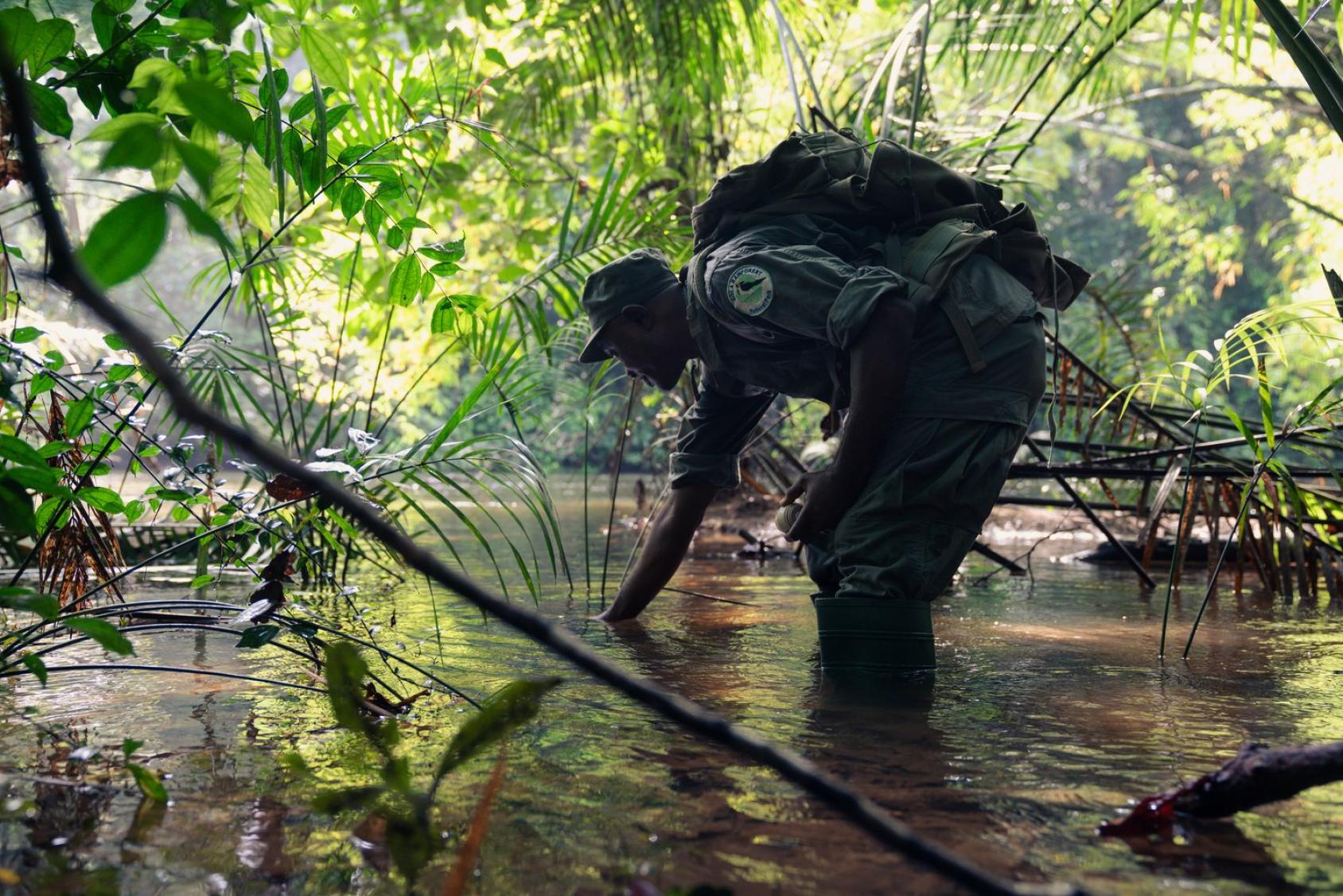
Long-standing commitment
The commitment of both countries to conservation is longstanding. In 2009, they pledged to create the Gola Transboundary Peace Park, recognizing the deep connection between conservation, peace and sustainable livelihoods. This commitment was reinforced in 2011 with the signing of a Memorandum of Understanding (MOU) on Gola Forest management, reaffirmed again in 2020.
Liberia and Sierra Leone’s commitment to the project underscores the dedication of both countries to fostering peace, resilience, and economic empowerment for their communities. In both countries, the respective Ministries of Internal Affairs are key actors leading the initiative. Further, local authorities, civil society organizations, and community representatives are actively participating in the implementation of the project. This ensures that the initiatives are tailored to the needs and priorities of the communities involved.
Getting it right is crucial—not just for the peace and stability of Sierra Leone and Liberia, but for the broader Mano River Union region and Africa as a whole.
With strong government leadership, active community participation and ownership, and support from the United Nations and international partners, this unique initiative is well positioned to transform the lives of border communities proving that conservation and peace can indeed go hand in hand—turning Gola’s green heart into a beacon of hope for the region and beyond.
This blog was written by UN Resident Coordinator in Sierra Leone Seraphine Wakana. For more information about the UN's work in Sierra Leone, click here.




